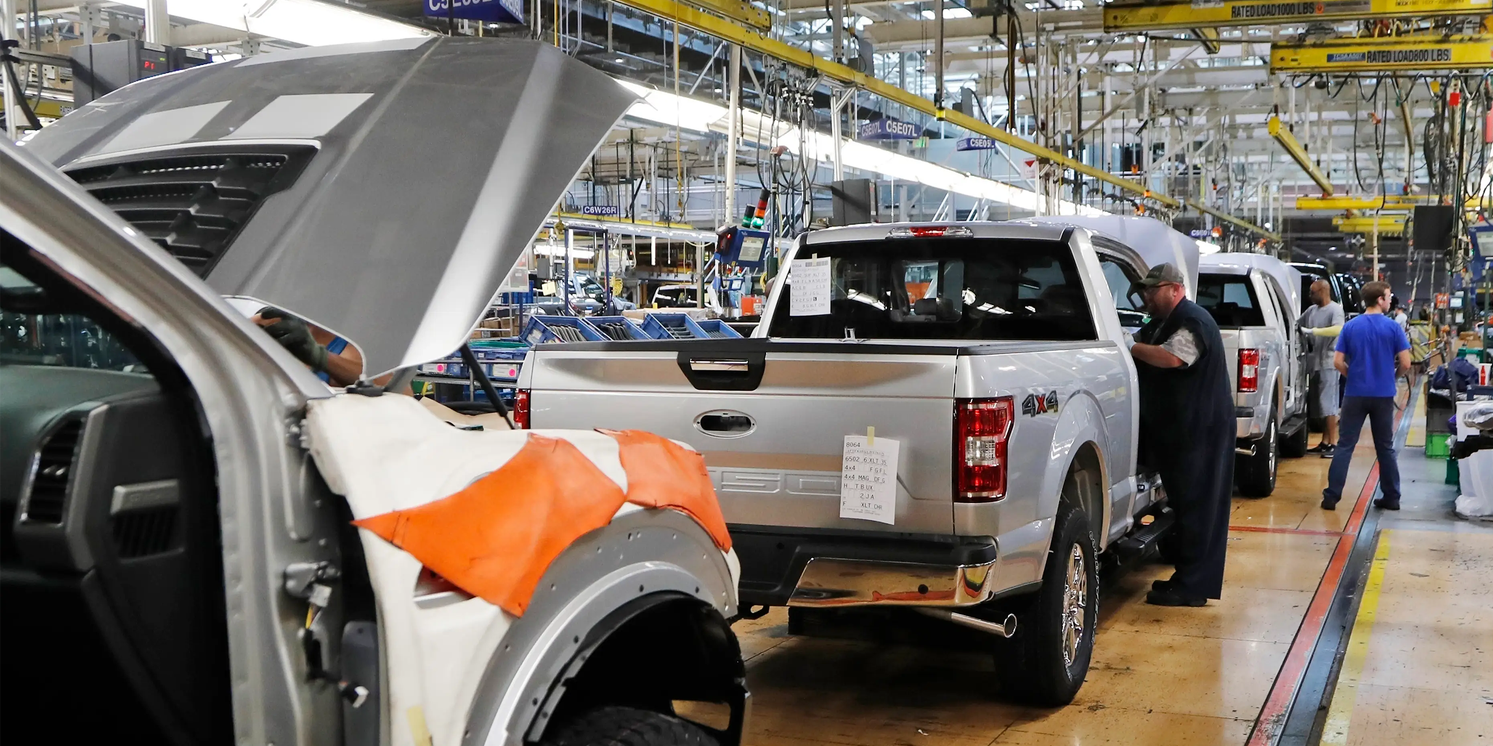
Associated Press
- Worker shortages at US manufacturers risk costing $1 trillion in output by 2030, a new study said.
- A multigenerational shift away from trade schools and manufacturing jobs is coming back to bite the sector.
- Training programs and more diverse hiring pools can make up for the millions of jobs at risk of going unfilled.
- See more stories on Insider's business page.
US manufacturers face a two-pronged employment problem.
In the near term, factories are having a hard time hiring just as the economy reopens. The shortage is exacerbating order backlogs and getting in the way of the sector's otherwise stellar expansion.
Yet returning to a pre-pandemic state won't be enough for the country's producers. Skill gaps and a dwindling talent pool present lasting dangers for the manufacturing industry. An inability to address those issues could leave as many as 2.1 million jobs unfilled and cost the US $1 trillion in economic output by 2030, according to a new study from Deloitte and the Manufacturing Institute.
The problem is a fairly simple one. A multigenerational emphasis on pursuing prestigious degrees at top universities left fewer Americans attending trade schools and entering the manufacturing sector. That's now left Americans with little desire to even look into such jobs right as the industry faces a dire worker crisis.
"There's a perception problem … People don't know that there are jobs that are desirable, that there are jobs that have family-supporting wages, and that there are jobs that are stable," Carolyn Lee, executive director of The Manufacturing Institute, told Insider. "There are jobs open today that are accessible to you with as much as a week-long certification."
The solution, however, is far more complicated. For one, the industry still needs to recoup jobs lost to the pandemic, and the rate of recovery isn't all that promising. Manufacturers are still down some 570,000 jobs from pre-pandemic levels despite a near record number of openings. Firms surveyed in the study said finding the right talent is 36% harder now than it was in 2018. And 77% of respondents said they will still have difficulties in finding and retaining workers in 2021 and beyond.
Much of the strain stems from the diversity of industry jobs and their respective skill requirements, according to the study. There isn't a one-size-fits-all fix for all manufacturers, Lee said. Hiring criterion can vary widely between two different auto manufacturers, let alone entirely different sectors. Availability of certain workers in different locales complicates the search even further, Paul Wellener, vice chairman and US industrial products and construction leader at Deloitte, said.
"We've got to do a much better job as a country to drive programs to connect the dots between the demand in the region and the types of people that are available in the region," he added.
The long-term fix could come with an increasing focus on diversity, as manufacturing is predominantly staffed by white men, and the industry simply can't fill its job openings without attracting more women and underrepresented minorities, Wellener said.
The uneven nature of the labor market's recovery has left women, low-income groups, and racial minorities lagging behind wealthier white Americans. Economists have also warned that the post-pandemic workforce will look drastically different to that seen in 2019. Manufacturing will be "at the forefront" of rebuilding the economy, and pointing people displaced by the pandemic to those jobs is key to moving the industry forward, Wellener said.
"People just don't instinctually know that we're here," The Manufacturing Institute's Lee added. "We've got to go out and sell not just what we're making, but why these careers are valuable."
